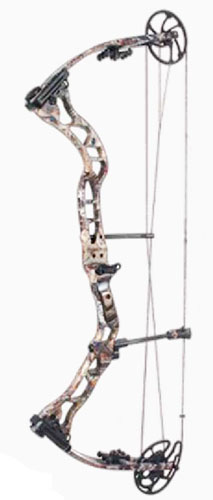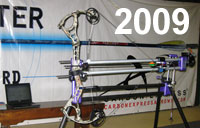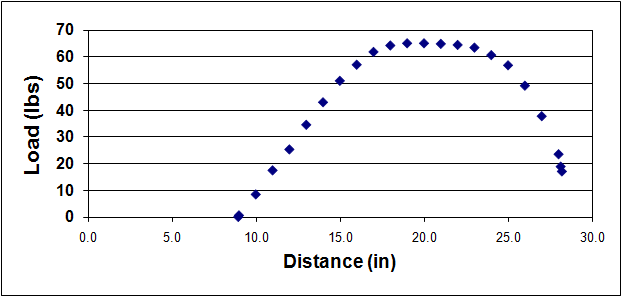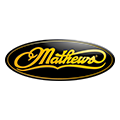Quest HPS 33
Personal Commentary by Jon Silks about the Quest HPS 33:
The Quest HPS 33 was my wildcard entry into the 2009 H2H test, which tells you that I was personally impressed with this bow. While it did not break the top five in shot noise or balance/feel the HPS 33 showed up in a big way in the draw cycle category placing #2. Quest also found its way into the top five in the shock/vibration category coming in at #5. These two categories helped Quest hit the #4 overall position in the combined subjective results. Where the HPS 33 trailed off a bit was in the speed category where it came in last. Personally I think this rig handles well at full draw and is easily maneuvered with its low mass weight. It has a smooth draw cycle and is well balanced.
|
 |
||||||||||||||
Using this Table: Kinetic Energy: (in foot-pounds)
This is the energy that actually goes into propelling the arrow. Basically it is the energy that is left over from the stored energy after all of the bow system friction is accounted for. |
|||||||||||||||
Using This Graph: The area under the graph signifies the amount of energy stored by the system from brace height to full draw (power stroke). The shape of the curve is generated by a plot of draw weight in pounds against draw length in inches and gives an indication of how the bow will feel when drawn. The more rounded the curve the more "smooth" the feel of the draw cycle, however, if the curve is "squared-off" it will likely feel more aggressive. The trade off comes in performance, as the more aggressive curve is generally indicitive of more stored energy and more speed.
|
|||||||||||||||










